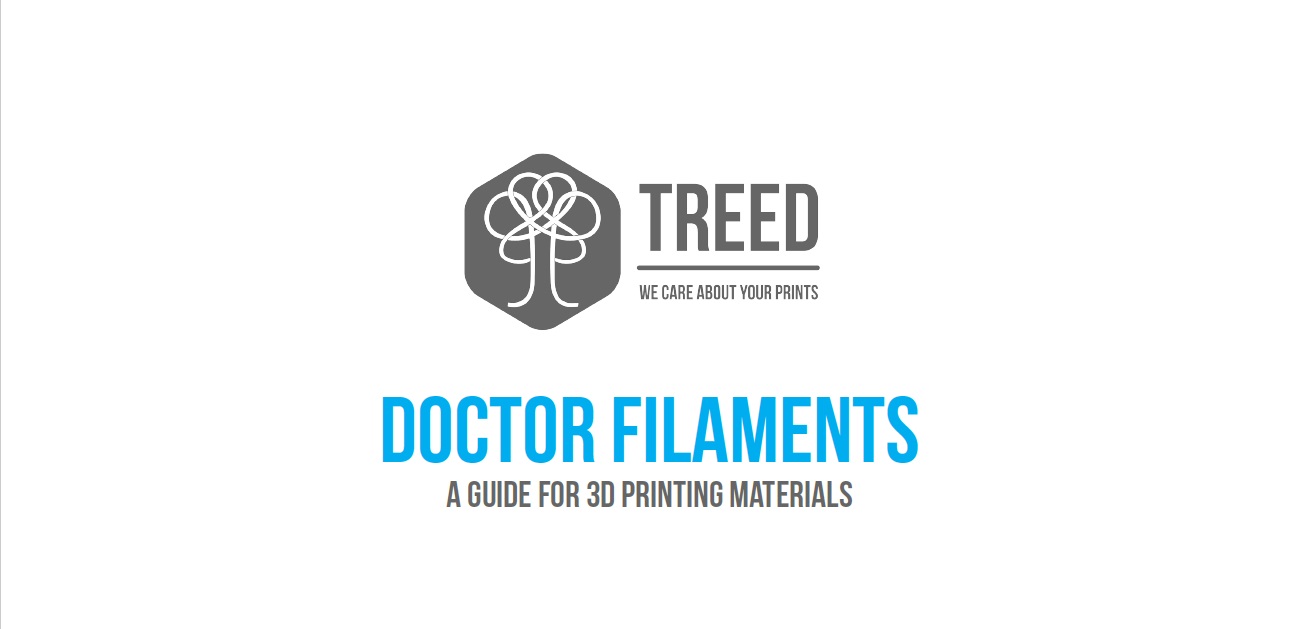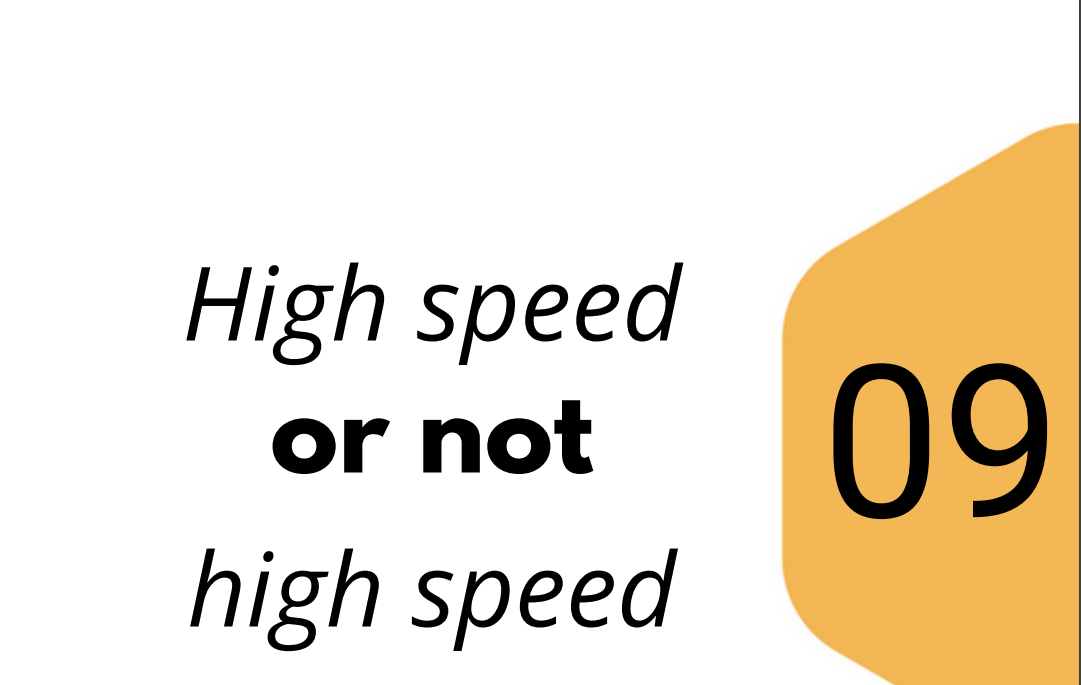[vc_row][vc_column][vc_column_text]
This guide for 3D printing materials is all you need to know about polymers to have the best results with 3d Printing
“Here at TreeD Filaments we think that the progress is easier to reach if we all share a bit of the knowledge we own and make it available for the others.”
GUIDE FOR 3D PRINTING MATERIALS :
- 1.1 Tecnologies
- 1.2 FFF Technology
- 1.3 FFF Materials
- 2.1 Physical
- 2.1.1 Density
- 2.1.2 Melt Flow Index
- 2.1.3 Mold Shrinkage
- 2.1.4 TG
- 2.1.5 Hygroscopy
- 2.2 – Mechanical
- 2.2.1 Resistance
- 2.2.2 Resilience
- 2.2.3 Hardness
- 2.2.4 Fatigue
- 2.3 – Thermal
- 2.3.1 H.D.T.
- 3.1 Materials available
- 3.2 Differences between 3d printing and traditional molding
- 3.3 1,75mm Vs 2,85mm filaments
- 3.4 How to identify a well made filament
- 4.1 Bio Materials
- 4.2 Composites
- 4.3 Polymer Alloys and Blends
- 4.4 Additives and charges
- 4.5 Multi-material molding process
THIS GUIDE IS ONLY FOR PERSONAL USE – NOT FOR COMMERCIAL USE

Treed Filaments è distribuito con Licenza Creative Commons Attribuzione – Non commerciale 4.0 Internazionale.
![]()
[/vc_column_text][/vc_column][/vc_row][vc_row][vc_column][ultimate_modal icon_type=”selector” icon=”Defaults-file-pdf-o” btn_size=”lg” btn_bg_color=”#1e73be” btn_bg_hover_color=”#1e73be” btn_text=”READ NOW” modal_size=”block” modal_style=”overlay-show-genie” overlay_bg_opacity=”80″ img_size=”80″ btn_txt_color=”#ffffff”][pdf-embedder url=”https://treedfilaments.com/wp-content/uploads/2018/10/Academy-Finale-ENG-7.pdf” title=”Academy-Finale-ENG”][/ultimate_modal][/vc_column][/vc_row][vc_row][vc_column][vc_zigzag color=”black”][/vc_column][/vc_row][vc_row][vc_column][vc_column_text][instagram-feed][/vc_column_text][/vc_column][/vc_row][vc_row][vc_column][vc_column_text][cp_info_bar display=”inline” id=”cp_id_8cc20″][/cp_info_bar][/vc_column_text][/vc_column][/vc_row]



0 Comments